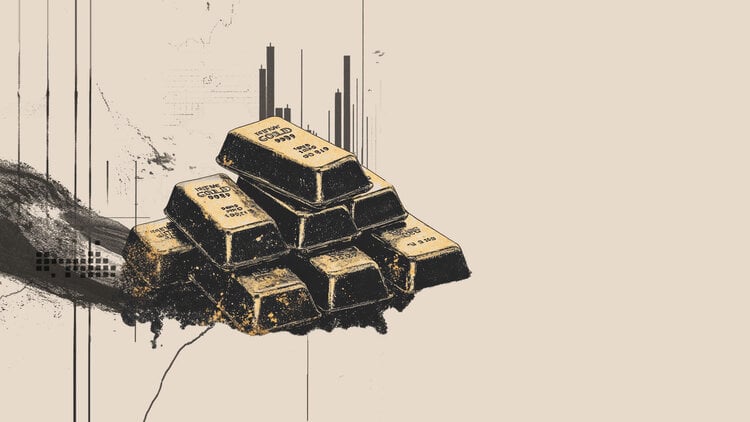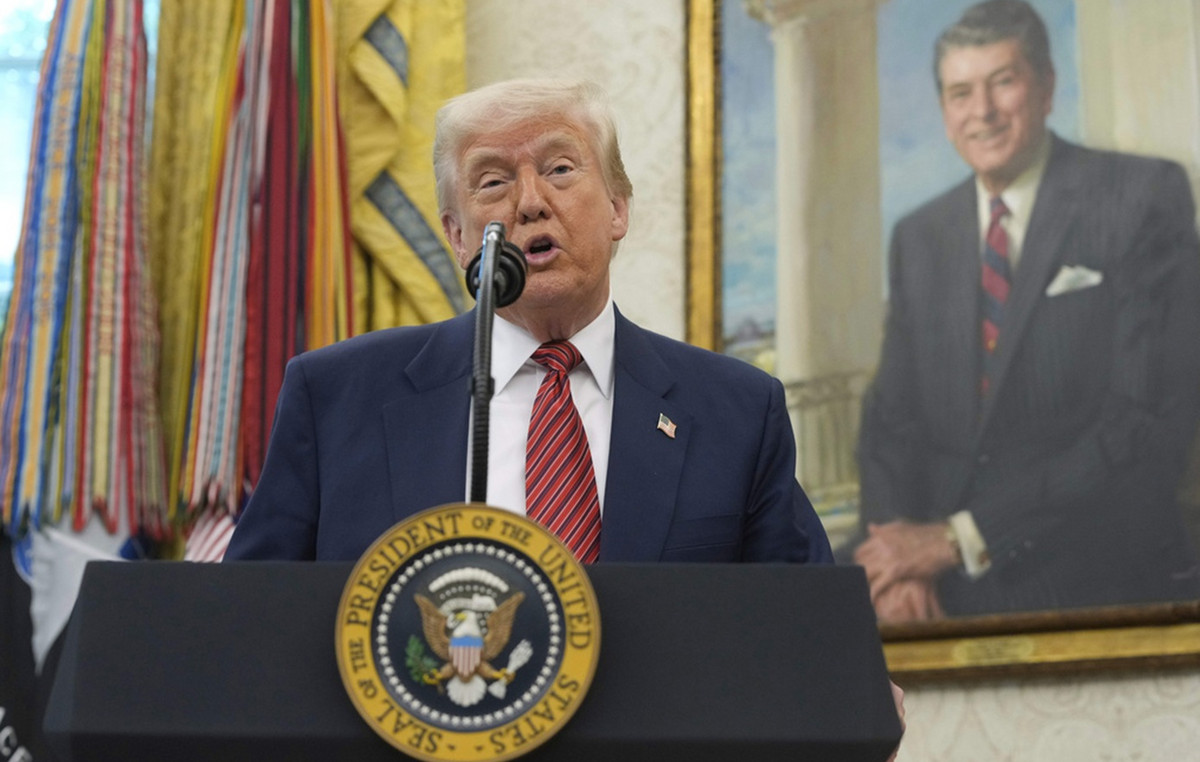- AUD/USD rises as RBA Governor Michelle Bullock emphasizes the need to maintain a restrictive stance on rates.
- The US presidential election remains the main driver of AUD/USD ahead of the Trump-Harris debate.
- Trump’s victory is expected to be unfavorable for the AUD due to his promise to increase tariffs on China.
In Tuesday’s session, AUD/USD rose 0.77% to 0.6638 as the Reserve Bank of Australia (RBA) signaled a hawkish stance on interest rates. The Governor of the central bank, Michelle Bullock, highlighted the need to maintain a restrictive monetary policy amid persistent inflationary pressures.
The Australian Dollar is also being influenced by the upcoming US presidential election, with a possible victory for Donald Trump seen as unfavorable for the AUD due to his promise to increase tariffs on China. Additionally, the pair is expected to react to the release of US inflation data and the Federal Reserve (Fed) monetary policy meeting this week, as market participants assess their possible impact on the USD. .
Daily Market Summary: Aussie Dollar Rises as RBA Favors Dovish Guidance
- AUD/USD strengthened as the RBA maintained a hawkish stance, leaving interest rates unchanged at 4.35%.
- RBA Governor Michelle Bullock emphasized the need for a restrictive stance on interest rates due to persistent upside risks to inflation. The RBA stated that policy will need to remain restrictive until inflation moves sustainably towards the target range.
- The outlook for AUD/USD is uncertain ahead of the upcoming US presidential election, with Trump’s victory potentially negative for the Australian Dollar due to his proposed tariffs on China.
- Investors will also closely monitor the Fed’s policy meeting this week, with a widely anticipated 25 basis point interest rate cut.
AUD/USD Technical Outlook: Bulls Recover and Target 100-Day SMA
The AUD/USD pair has been recovering after a recent drop. The Relative Strength Index (RSI) suggests that buying pressure is picking up as its value is 48, rising sharply in the negative area. The Moving Average Convergence/Divergence Indicator (MACD) suggests that selling pressure is flat, but by staying in the red, a trend change could be seen in the coming sessions. The overall outlook suggests neutral to slightly positive sentiment, with the pair likely trading within a range before breaking out. The pair is struggling to maintain the psychological level of 0.6600 and reclaim the 200-day Simple Moving Average (SMA) at 0.6630. This move indicates a possible change in market sentiment, with buyers regaining control after a period of consolidation.
The Australian Dollar FAQs
One of the most important factors for the Australian Dollar (AUD) is the level of interest rates set by the Reserve Bank of Australia (RBA). As Australia is a resource-rich country, another key factor is the price of its largest export, iron ore. The health of the Chinese economy, its largest trading partner, is a factor, as is inflation in Australia, its growth rate and the Balance of Trade. Market sentiment, that is, whether investors bet on riskier assets (risk-on) or seek safe havens (risk-off), is also a factor, with the risk-on being positive for the AUD.
The Reserve Bank of Australia (RBA) influences the Australian Dollar (AUD) by setting the level of interest rates that Australian banks can lend to each other. This influences the level of interest rates in the economy as a whole. The RBA’s main objective is to maintain a stable inflation rate of 2%-3% by adjusting interest rates up or down. Relatively high interest rates compared to other major central banks support the AUD, and the opposite for relatively low ones. The RBA can also use quantitative easing and tightening to influence credit conditions, with the former being negative for the AUD and the latter being positive for the AUD.
China is Australia’s largest trading partner, so the health of the Chinese economy greatly influences the value of the Australian Dollar (AUD). When the Chinese economy is doing well, it buys more raw materials, goods and services from Australia, which increases demand for the AUD and drives up its value. The opposite occurs when the Chinese economy does not grow as fast as expected. Therefore, positive or negative surprises in Chinese growth data usually have a direct impact on the Australian Dollar.
Iron ore is Australia’s largest export, with $118 billion a year according to 2021 data, with China being its main destination. The iron ore price, therefore, may be a driver of the Australian dollar. Typically, if the price of iron ore rises, the AUD also rises as aggregate demand for the currency increases. The opposite occurs when the price of iron ore falls. Higher iron ore prices also tend to result in a higher likelihood of a positive trade balance for Australia, which is also positive for the AUD.
The trade balance, which is the difference between what a country earns from its exports and what it pays for its imports, is another factor that can influence the value of the Australian dollar. If Australia produces highly sought-after exports, its currency will gain value solely from the excess demand created by foreign buyers wanting to purchase its exports versus what it spends on purchasing imports. Therefore, a positive net trade balance strengthens the AUD, with the opposite effect if the trade balance is negative.
Source: Fx Street
I am Joshua Winder, a senior-level journalist and editor at World Stock Market. I specialize in covering news related to the stock market and economic trends. With more than 8 years of experience in this field, I have become an expert in financial reporting.







